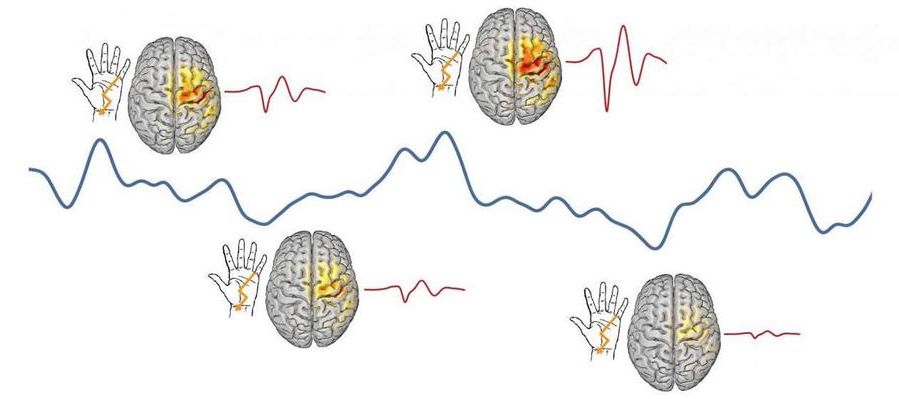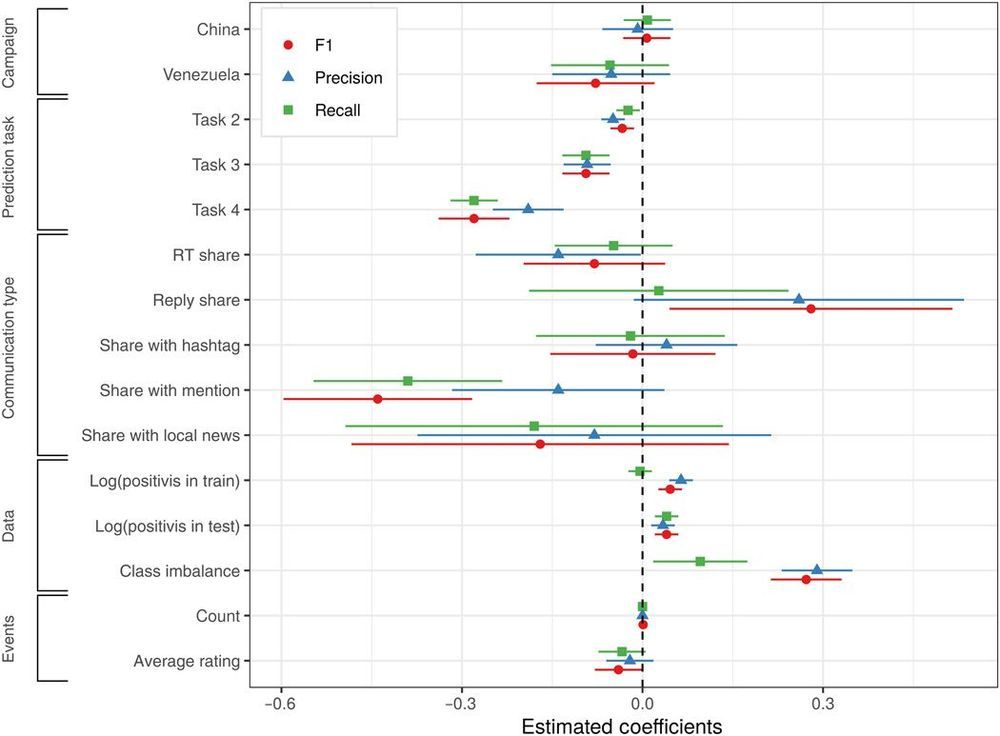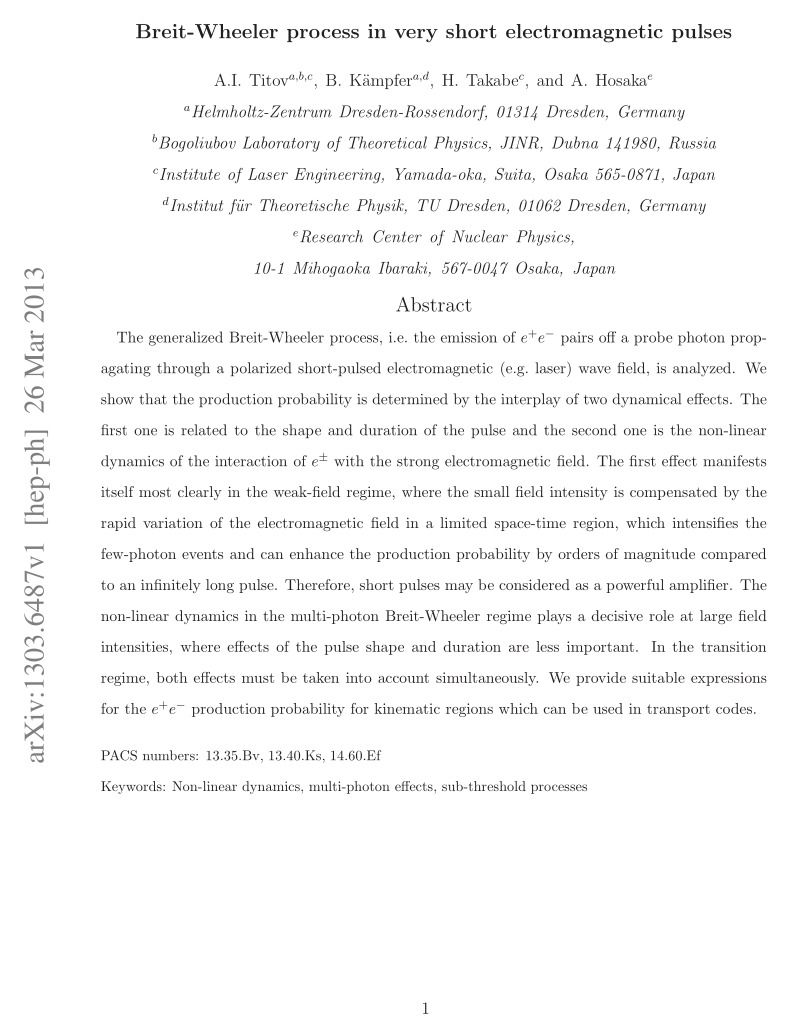Jul 25, 2020
Why the Brain Never Processes the Same Input in the Same Way
Posted by Genevieve Klien in category: neuroscience
Summary: Depending on the network state, certain neurons in the primary somatosensory cortex can be more or less excitable, which shapes stimulus processing in the brain.
Source: Max Planck Institute
Rustling leaves, light rain at the window, a quietly ticking clock – muffled sounds, just above the threshold of hearing. One moment we perceive them, the next we don’t, even if we, or the sounds, don’t seem to change. Many studies have shown that we never process an incoming stimulus, be it a sound, an image, or a touch, in the same way. This is true, even if the stimulus is exactly the same. This occurs because the impact a stimulus makes, on the brain regions that process it, depends on the momentary state of the networks those brain regions belong to. However, the factors that influence and underlie the constantly fluctuating momentary state of the networks and whether these states are random or follow a rhythm, was previously unknown.

















